If you’ve ever followed a cake recipe exactly but still ended up with a dry, dense, or sunken cake, well, it might not be your skills and really it might not even be the recipe.
It could be some common cake-baking myths that we’ve ALL fallen for! There’s a lot of advice floating around out there about how to bake the perfect cake, but not all of it is accurate.
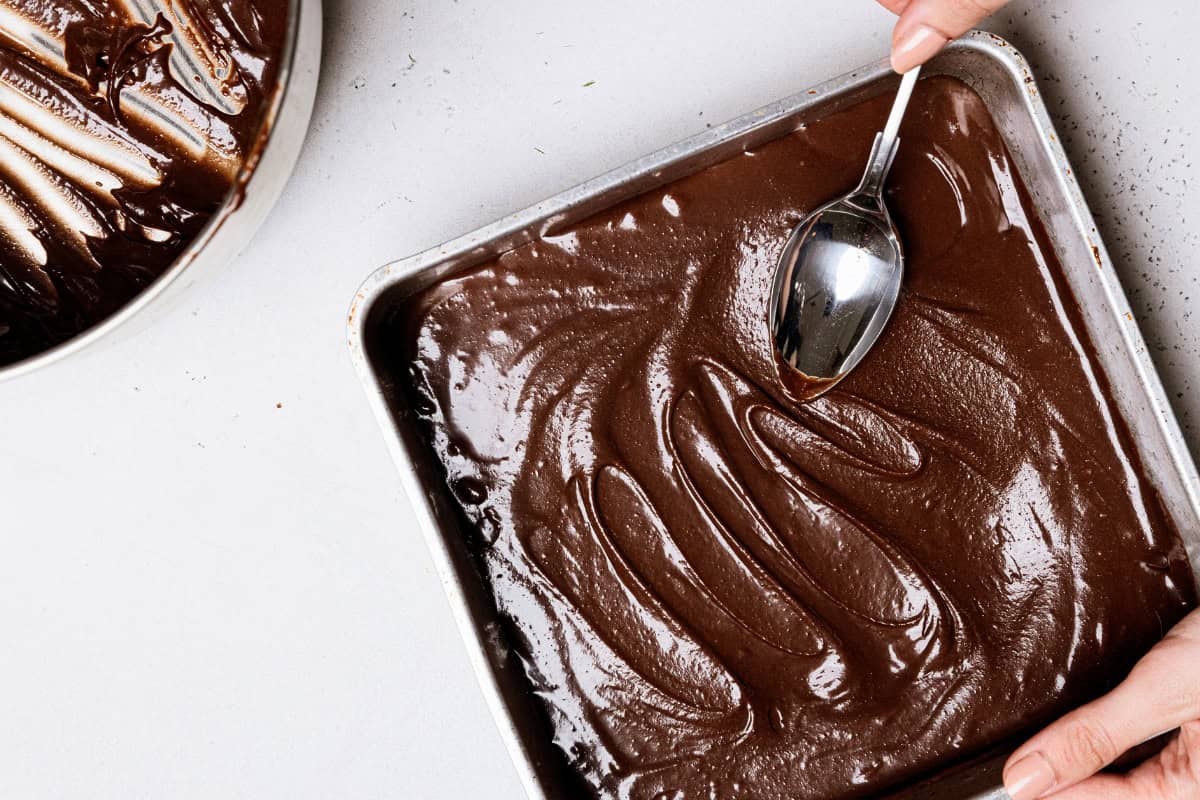
In this post, I’m going to debunk some of the biggest cake myths that could be ruining your cakes. From overmixing batter to storing cakes in the fridge, I’m dispelling these, so that you can bake soft, moist, and delicious cakes every time.
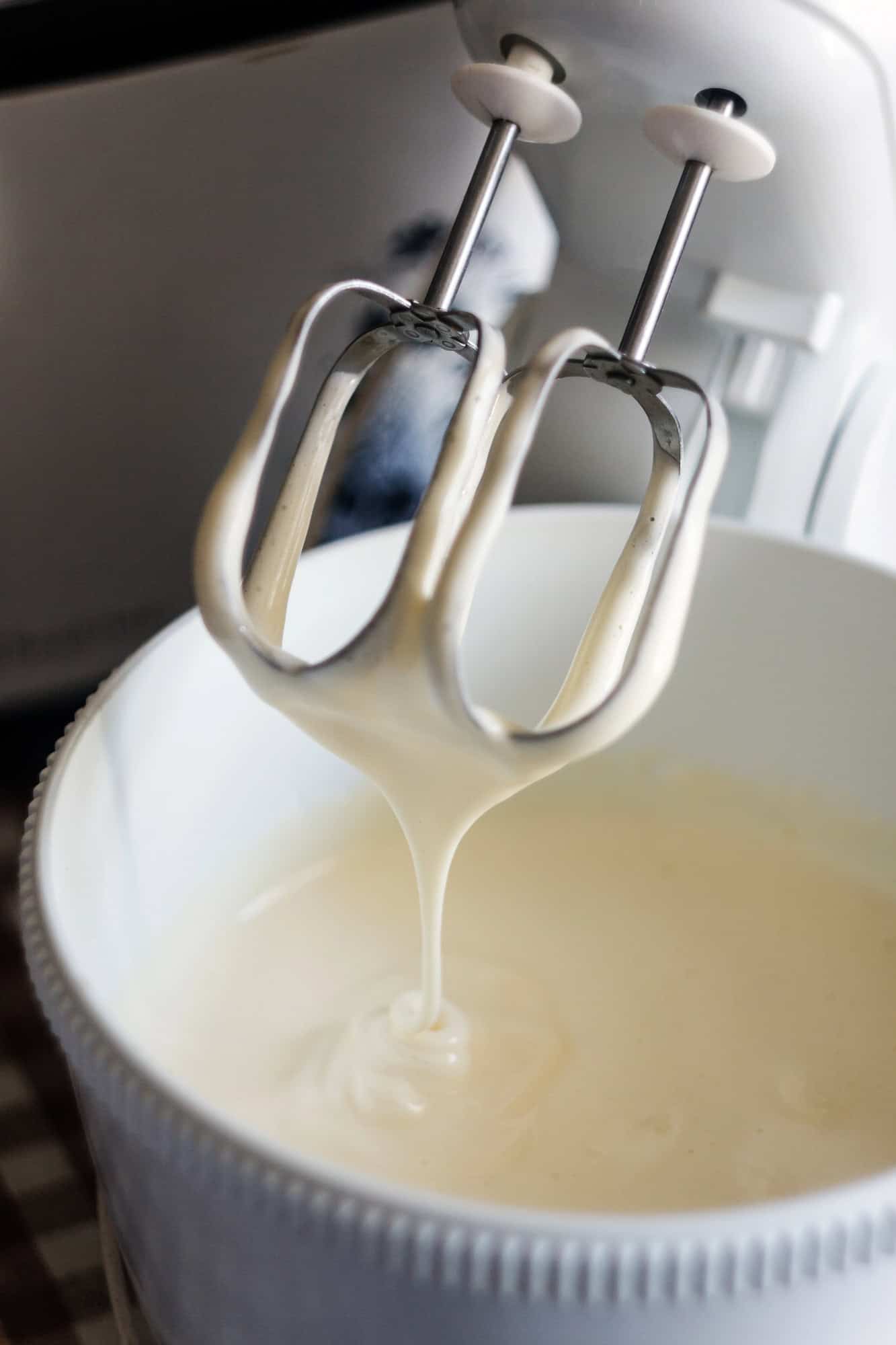
Cake Myth #1
Myth:
Cake batter needs to be mixed very well until there are no lumps in it at all and it’s perfectly smooth.
Reality:
Once you add the liquid ingredients to the dry ingredients, you only want to mix until the ingredients are combined. It might be less time than you think it is.
I do have a video on this that shows you, in real-time, how long I usually mix my cake batter. Some have found this to be very helpful. Here’s the link: How to Mix Cake Batter – In Real Time
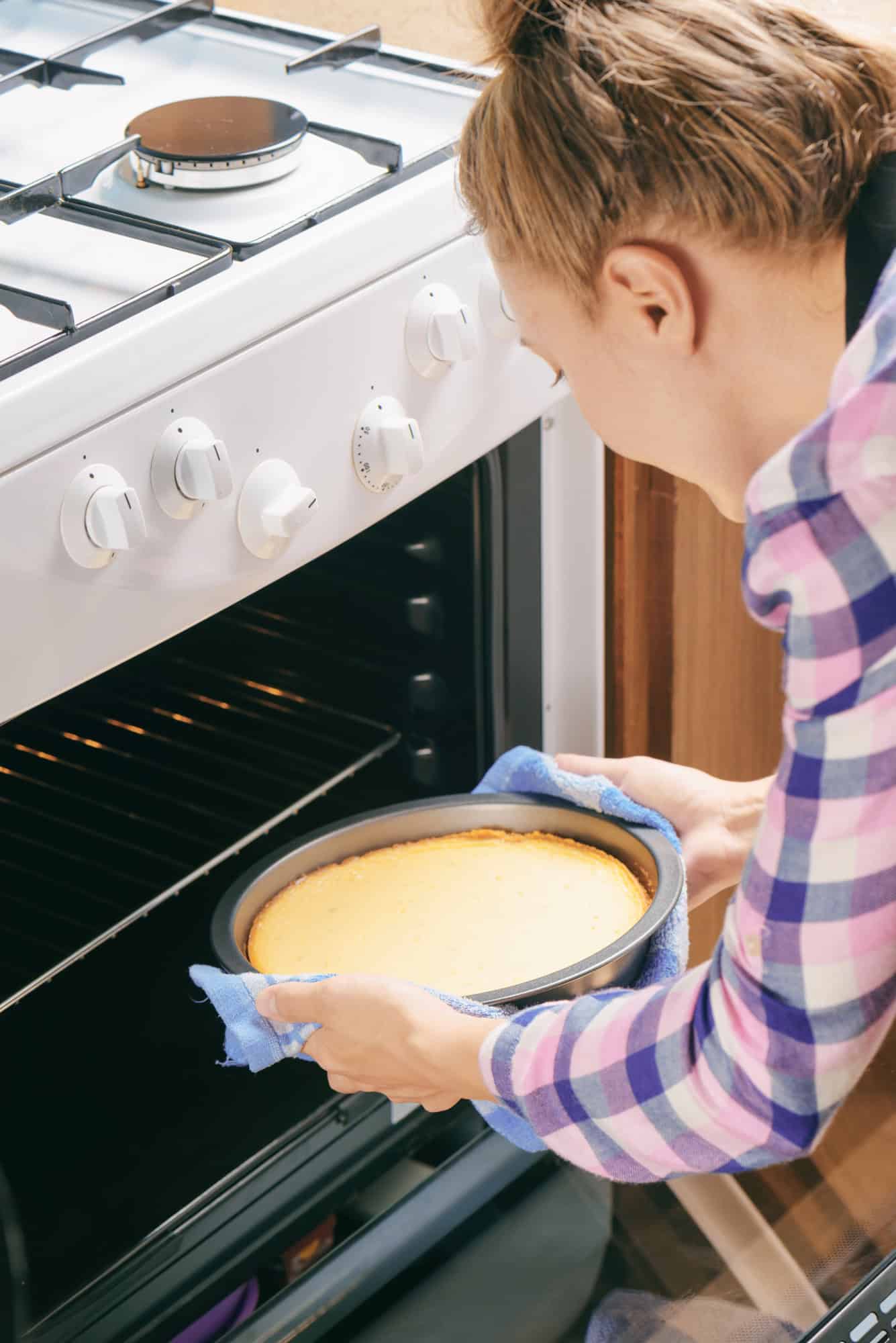
Cake Myth #2
Myth:
Opening the oven door will ruin your cake.
Reality:
It’s true that frequent opening of the oven door can cause temperature fluctuations that might affect your cake, but checking your cake a few times will not ruin your cake as long as you don’t jolt it or slam the oven door.
You also want to be quick about it and just don’t leave the oven door open long and you’ll be just fine.
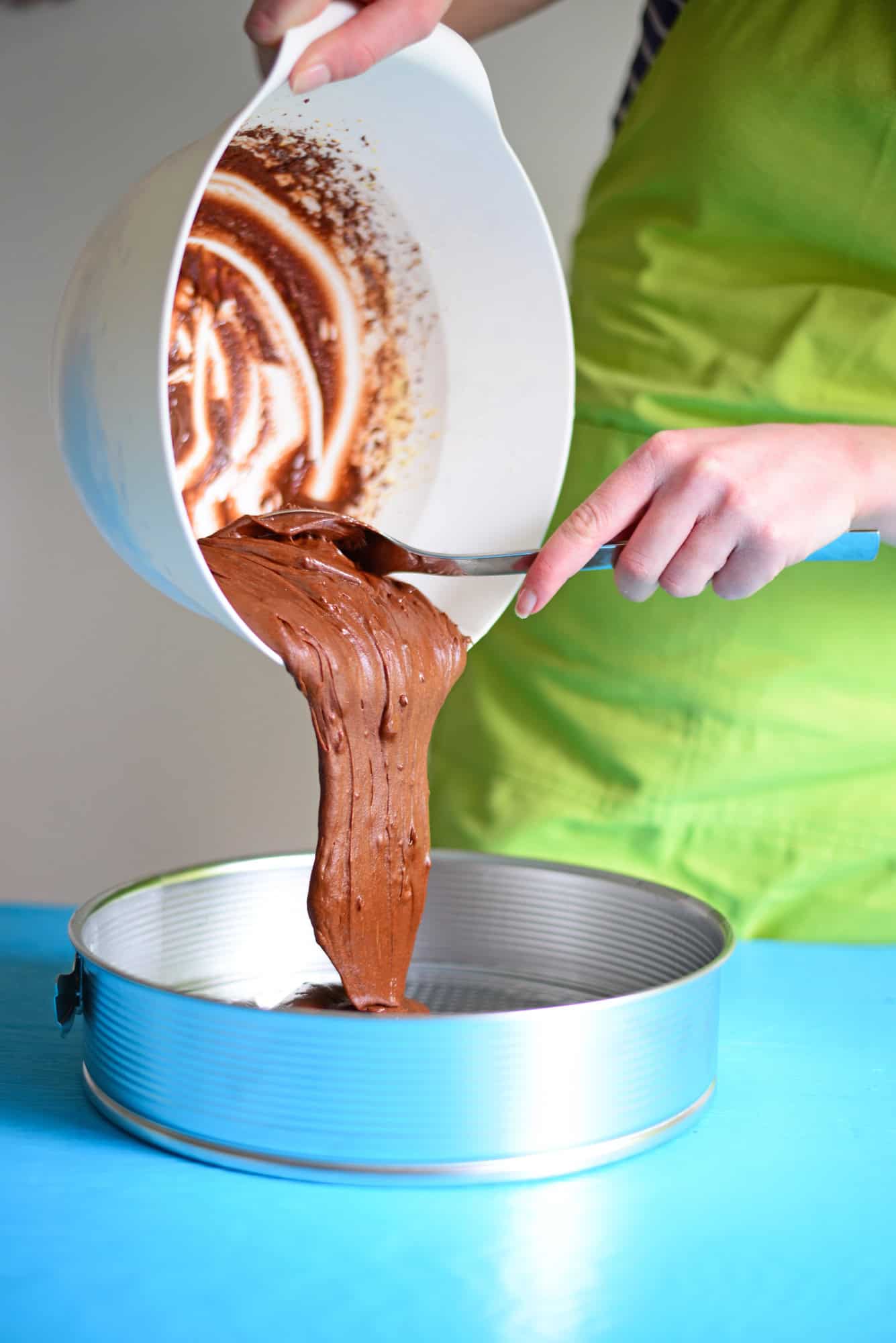
Cake Myth #3
Myth:
Using the toothpick method to test for doneness is foolproof.
Reality:
While a toothpick inserted into the center of the cake is a good method to check for doneness, it’s not foolproof.
To use this method, generally you’d insert the toothpick into the center of the cake and if it comes out clean, it’s fully baked. That’s fine, but sometimes that’s actually overbaking the cake and it’s generally good if the toothpick comes out with a few moist crumbs on it.
So if you see moist crumbs on the toothpick, it’s usually good to come out of the oven at that point, you don’t have to wait until the toothpick is absolutely clean, just make sure there’s no raw batter on it.
This is basically how you can keep from overbaking your cakes. Again, it’s okay if the toothpick comes out clean, but if it still has some moist crumbs on it, you do not have to bake it longer.
There are also other factors at play here and other ways to help you tell if a cake is fully baked through. I go really deep into this topic in this post: How to Tell When a Cake is Done Baking
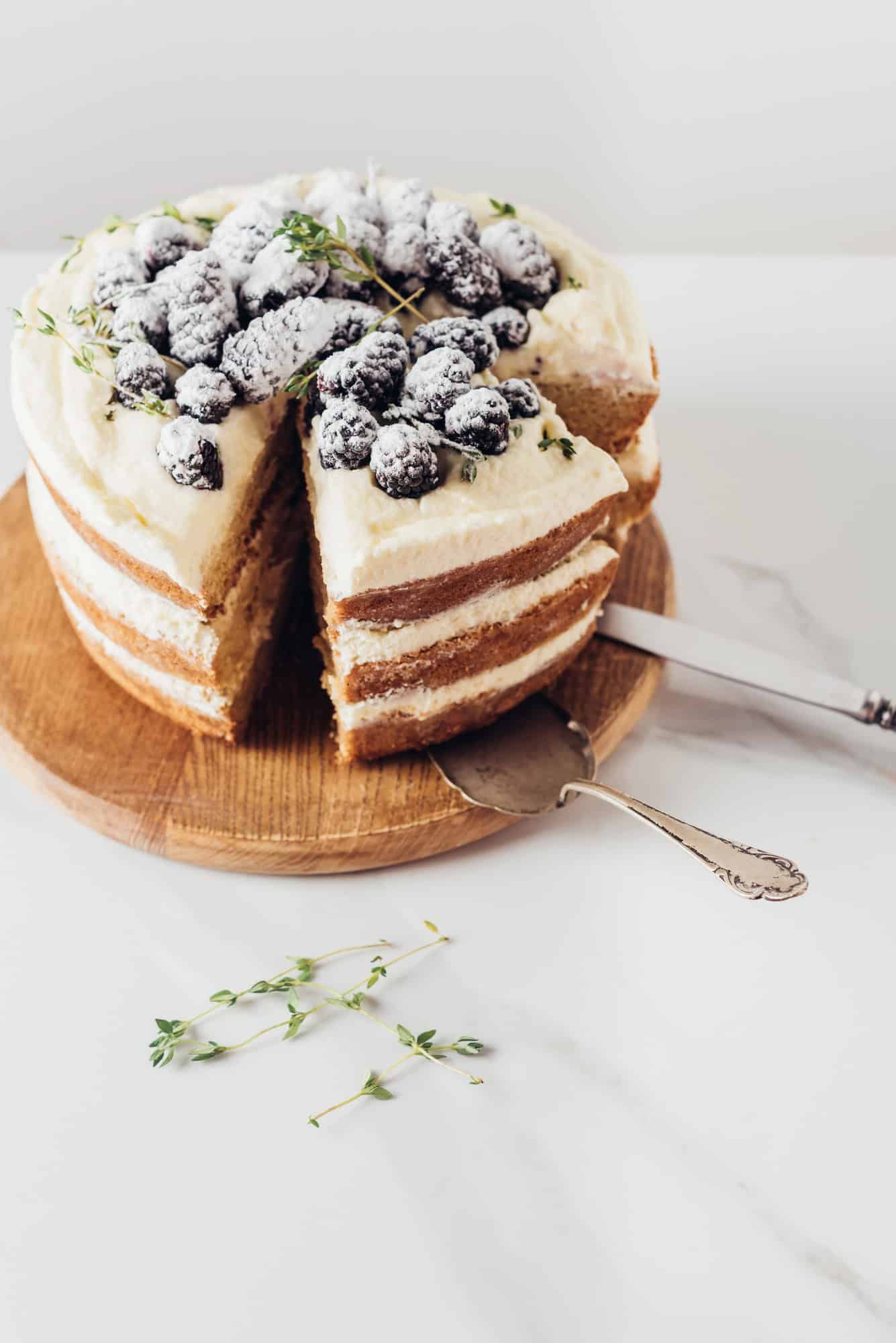
Cake Myth #4
Myth:
Lowering the sugar only affects how sweet the cake is and is perfectly fine to do.
Reality:
I get this question a lot and I totally get it. People want to lower the sugar content in cakes. Maybe it’s a little too sweet or maybe they’d just like something a little healthier. That’s totally understandable.
The thing is though, sugar doesn’t just make the cake sweeter, it actually provides moisture in a cake. It’s usually fine to lower it a small amount, but if you lower it too much, it will affect how moist the cake is and it’ll affect the texture.
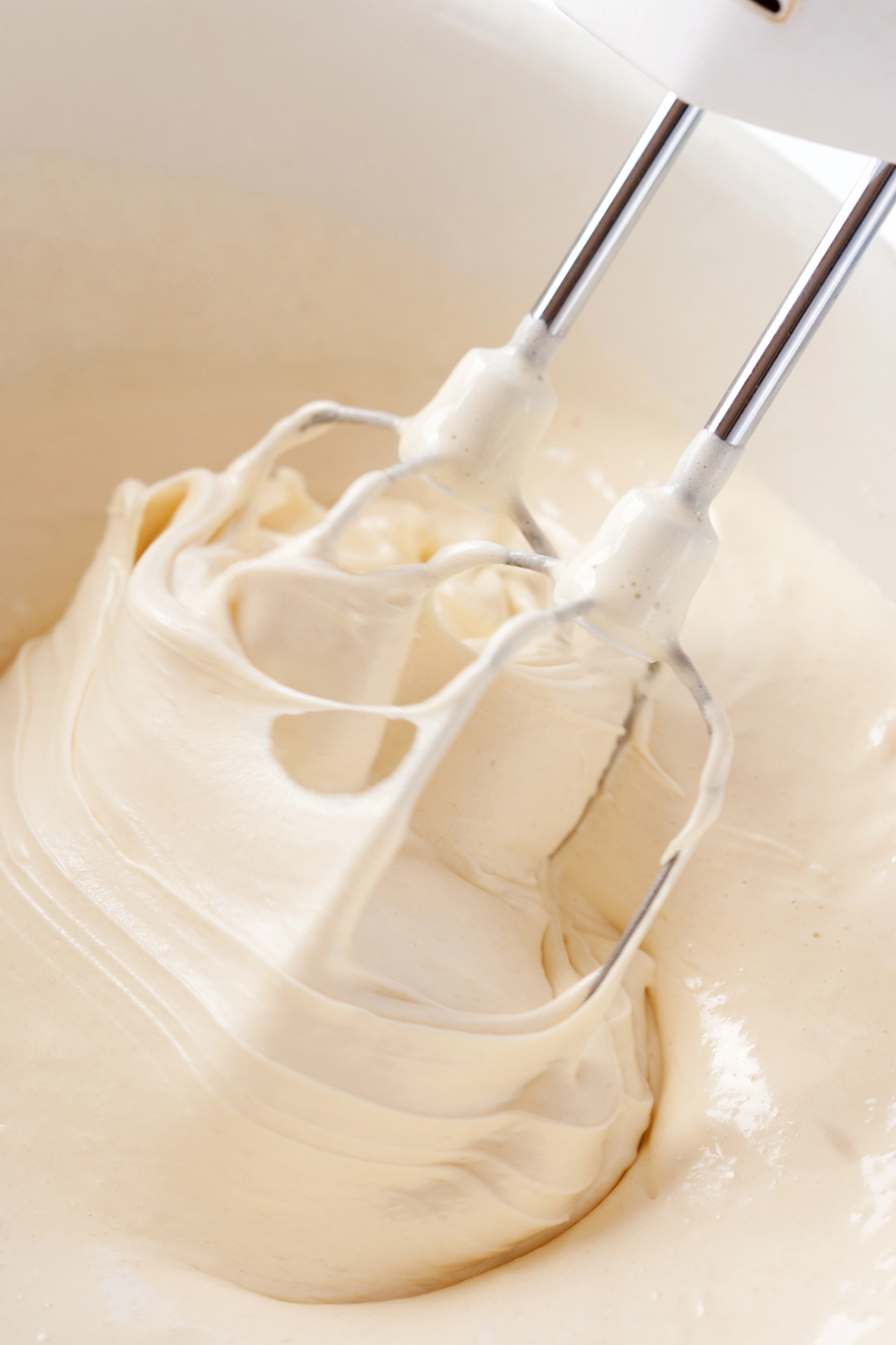
Cake Myth #5
Myth:
Adding more liquid will make the cake more moist.
Reality:
I also get asked this question and generally, it’s before someone has even tried the cake recipe as written. I know everyone wants a moist cake and so do I. There is a balance though and I test this to its limits when writing recipes.
Adding more liquid will not necessarily make your cake more moist. All cake ingredients must be within proper ratios or the texture will not come out at all. Adding too much liquid can actually give you a cake texture that’s way too dense, or it might not even rise correctly. There’s also a good chance that it’ll sink in the middle after you take it out of the oven.
As I always say, try the recipe first as written because it might just be perfect the way it is!
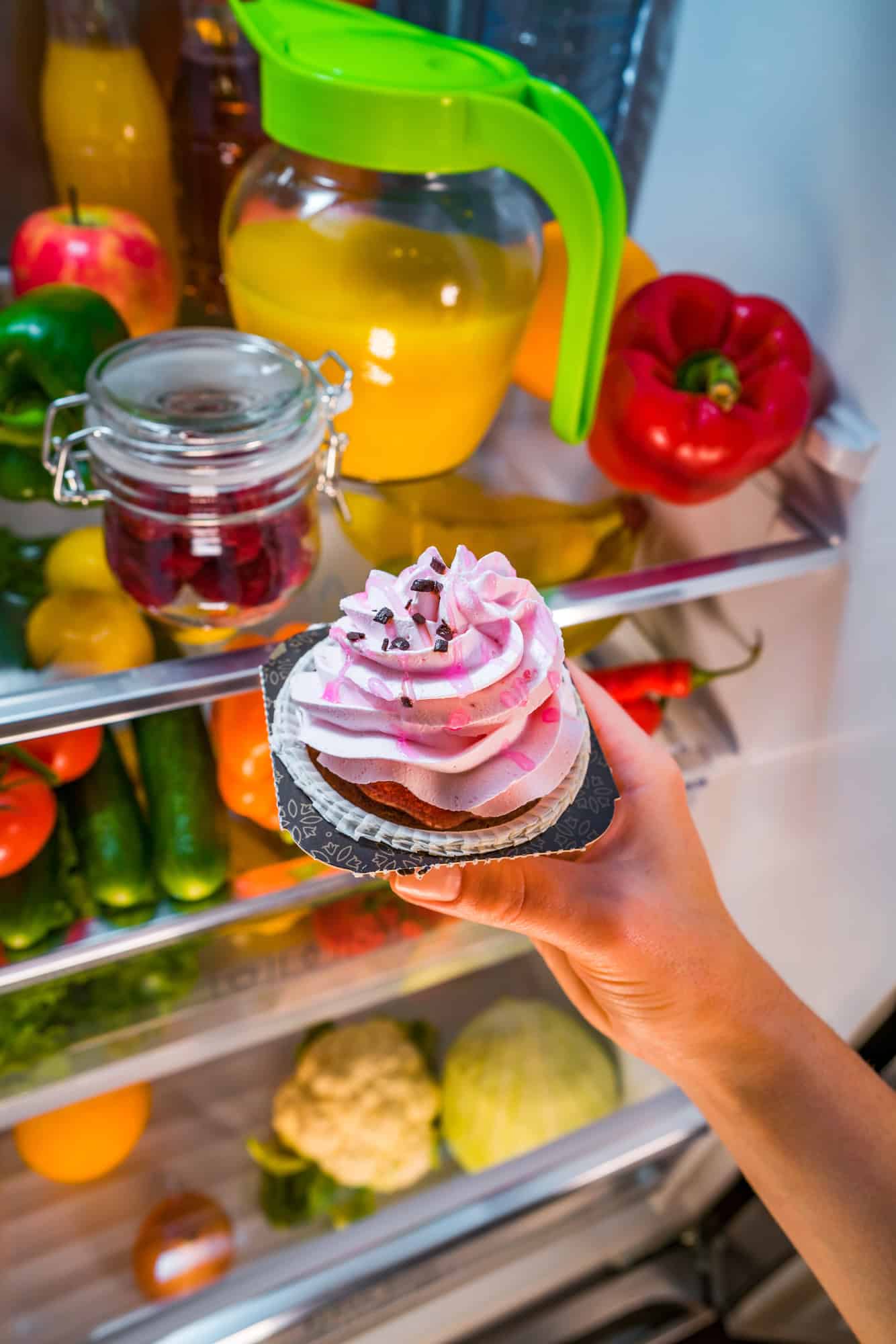
Cake Myth #6
Myth:
All cakes need to be stored in the fridge.
Reality:
Many cakes are best stored at room temperature, mainly cakes made with butter. Sometimes the fridge can dry out cakes and sometimes cakes made with butter can firm up quite a bit when chilled and then when you’re eating a slice, it seems like it’s dryer, when actually it’s just cold and really firm.
Many people assume all cakes need to be kept in the fridge and really you only need to chill cakes that are perishable at room temperature like cakes with fruit in them or cakes that are frosted or filled with a perishable frosting like a cream cheese frosting.
Cakes are just softer when at room temperature and I feel like you can really taste the flavors so much better.
If you want a deep dive into how to store cakes, check out this post: How to Store a Cake
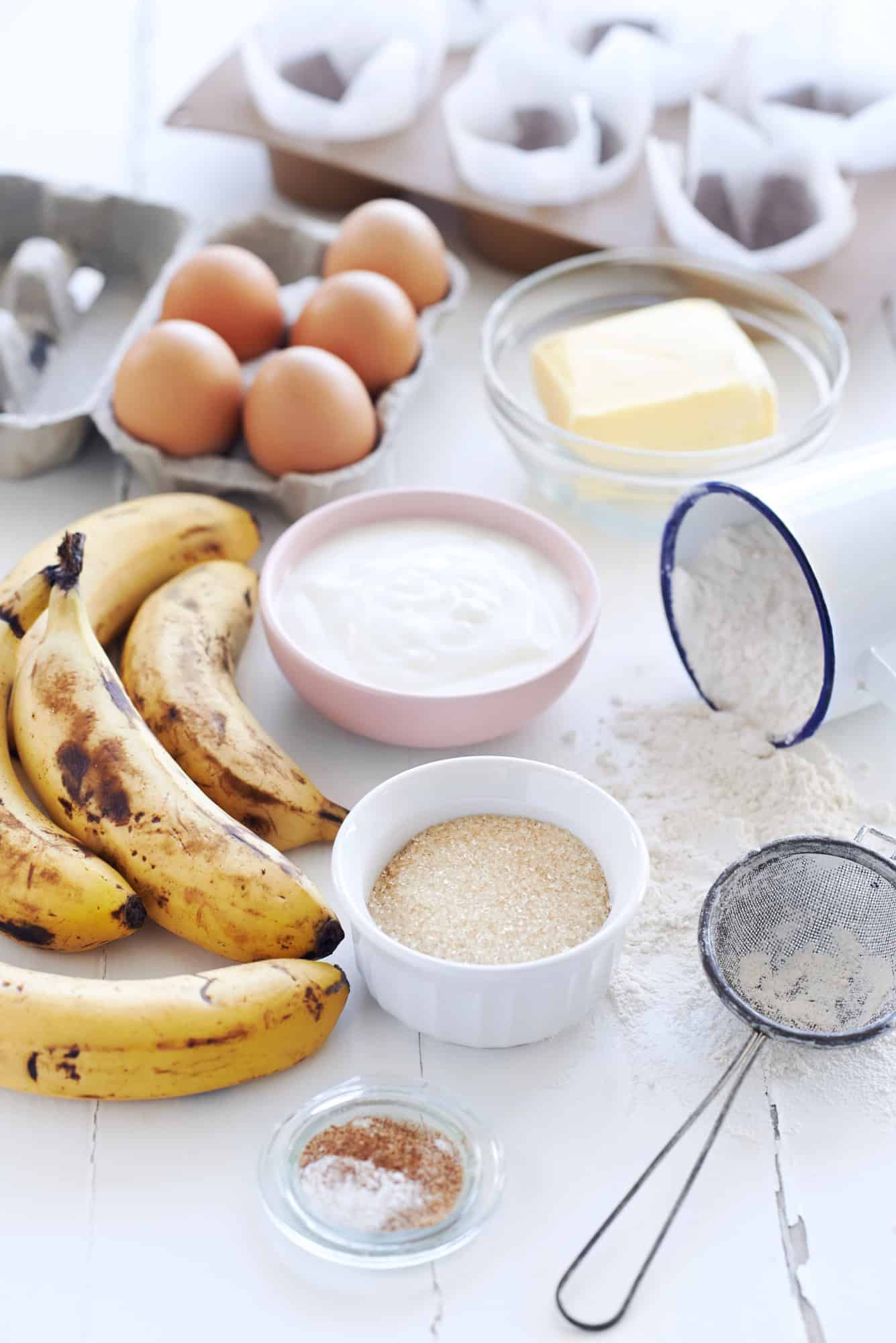
Cake Myth #7
Myth:
Baking soda and baking powder can be used interchangeably.
Reality:
While both are leavening agents, they are not the same and can’t be swapped in equal amounts. Baking soda is a base and needs an acidic ingredient (like buttermilk, vinegar, or lemon juice) to activate and create the rise. Baking powder, on the other hand, already contains an acid and only needs moisture and heat to work.
Using the wrong one or changing the amount can affect how your cake rises, its texture, and even its taste (too much baking soda can make it taste bitter or like soap).
To see a deep dive into using baking powder vs baking soda, see this post: What’s the Difference Between Baking Soda and Baking Powder When Baking Cakes
Final Thoughts
Now, I promise that every one of us has probably fallen for one of these myths and that’s okay because now you know!
Baking the perfect cake isn’t just about following a recipe, It’s also about understanding the science behind it. After learning about these common cake myths, I know you’ll have a much better chance of getting soft, moist, and flavorful cakes every time.
Do you have any cake myths you’ve heard that you aren’t sure about? Drop them in the comments, and let’s see if we can bust them!

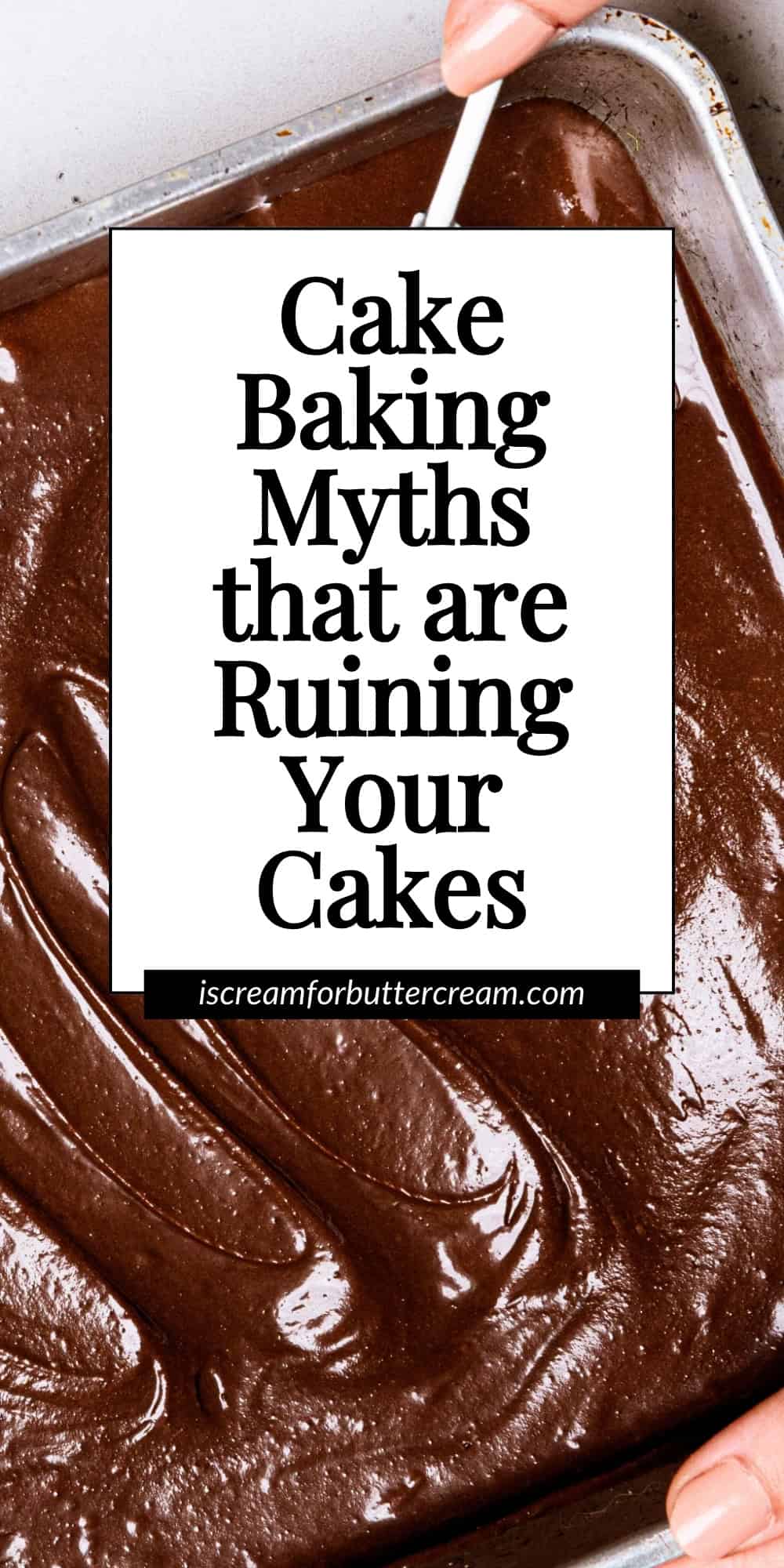
Leave a Reply